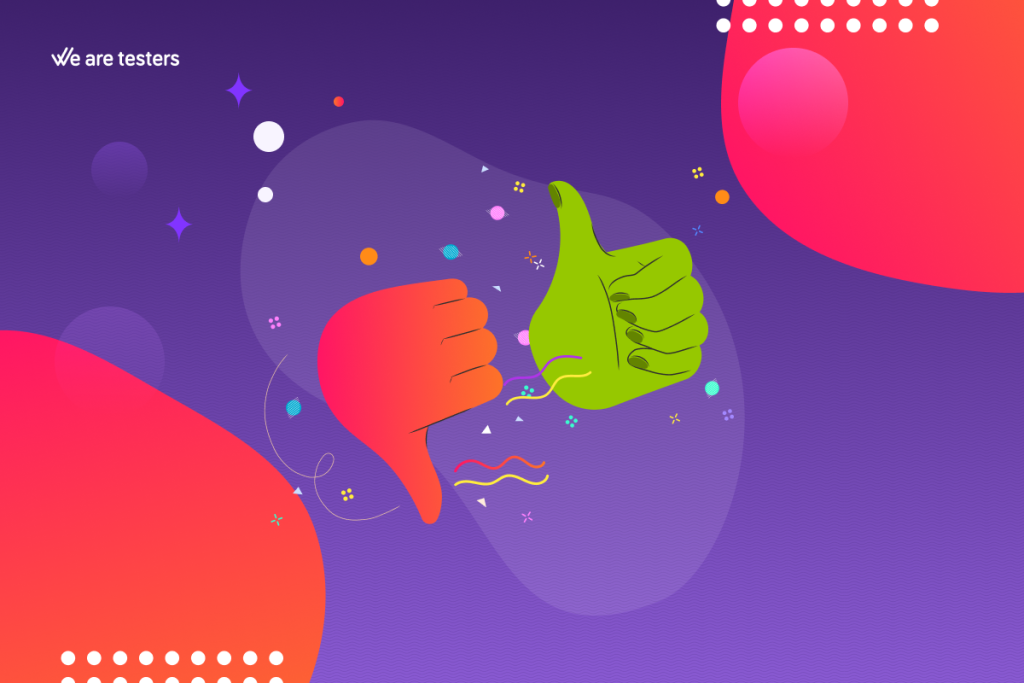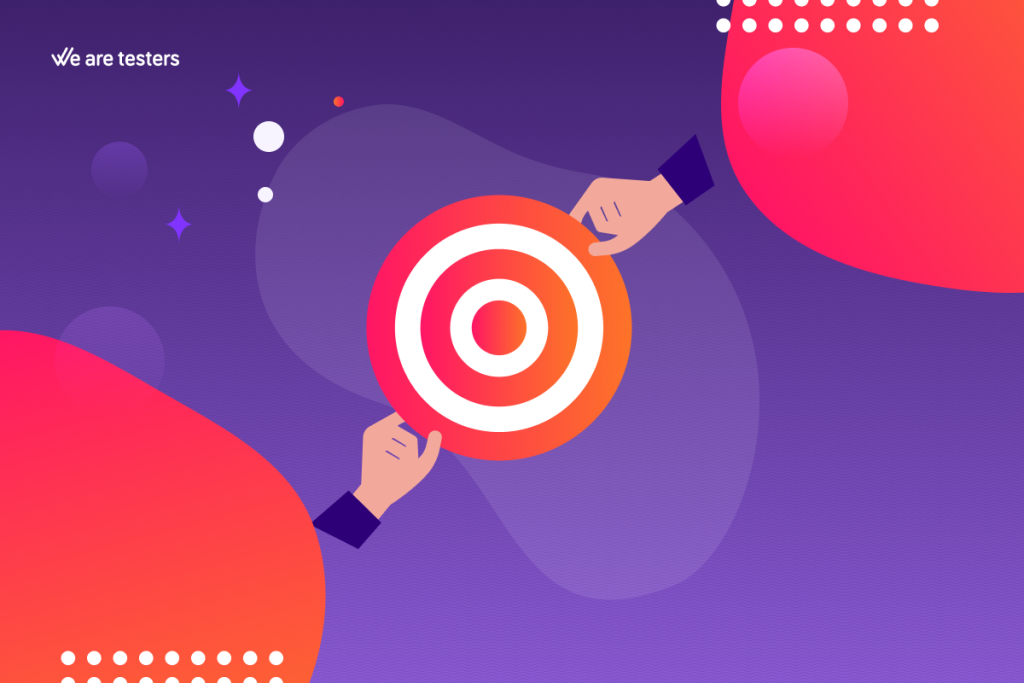
Customer Experience has developed tremendously in recent years and it is rare nowadays not to receive a CX survey after an interaction with a brand, from a plane flight to a bank card purchase. Delivering a good experience is no longer optional and many studies show how negative experiences influence brand abandonment and the search for alternatives. So let’s look at how customer experience can be improved through research.
What is Customer Experience?
The customer experience is the perception that a customer has of a company or brand throughout all interactions with it. This includes every point of contact, from the first discovery of the product or service, to purchase, usage, post-sale and renewal, through to customer care at any point in the customer lifecycle.
Customer experience experts strive to deliver a satisfying customer experience, which translates into increased loyalty and perhaps recommendations that help generate new business for the brand.
For a customer experience strategy to be effective, the entire organisation must have a customer centric culture, that is, one that places the customer at the centre of all decisions. To do this, the company must have a deep understanding of their needs, desires and expectations, so that it can design experiences that solve their problems and improve their overall satisfaction. Therefore, responsibility for the customer experience should not be the sole responsibility of the CX team, but of the entire organisation.
Types of research to create customer insights
Thanks to research you will be able to broaden the scope of your customer experience insights. You will have a wide range of methodologies at your disposal so that you can choose the one that best helps you to meet your research objectives:
- Online surveys. They are the easiest way to obtain quantitative data. Nowadays we all answer satisfaction surveys after every touchpoint with the brand, such as after flying, after booking accommodation, after receiving a delivery from your online shop or after interacting with a call centre. These are usually small surveys using NPS or CSAT questionnaires with well-known questions. Other times, brands want to better understand the market in which they operate and collect broader information from customers and non-customers. In these cases, brands often turn to online survey panels that provide access to all types of profiles. These studies can be aimed at gathering information about category customers’ expectations, their opinions about brands, drivers and barriers to engagement and much more. The types of studies are very broad and online surveys are very flexible – as well as fast and inexpensive – to cover most research needs.
- Qualitative research. Sometimes you want to collect in-depth information about what customers think and think. In these situations qualitative research in the form of focus groups or in-depth interviews will allow you to collect a great deal of detail about what customers think. It is therefore ideal for exploratory research or when you want to go deeper into a topic that has not been fully clarified through a survey. It should be borne in mind that these moderate studies tend to be more costly and are therefore often combined with surveys. This way you can collect quantitative data in some studies and get a higher level of detail with qualitative research when necessary to benefit from the advantages of both methodologies.
- Insight communities. When you want to do long-term research in an agile and flexible way with customers in your category, it is highly recommended to create a customers community. That way you can discuss everything you want to know whenever you want with the members of the community. From discovering and exploring new trends or getting feedback on new concepts to keeping track of the competition, everything fits in a customer community that you can consult quickly.
- UX research. UX research focuses on understanding how users interact with a digital product or service to discover how it can be improved to better meet their needs and expectations. There are many UX methodologies that can help you, both through moderated tests such as user interviews and thinking aloud testing and unmoderated tests such as first click testing or UX surveys. With this rich range of methodologies you can collect customer insights about the digital experience of your customers.
As you can see, there are many research methodologies that you can use to measure and understand your customer experience and choose the one that best suits each case. Moreover, how to combine them to get a more complete view of your customers is not mutually exclusive but complementary.
Types of CX surveys
Among all the research that can be done, customer experience surveys are undoubtedly the most commonly used. As there are many types of surveys, here is a list of the most common ones with sample questions:
Net promoter score (NPS)
NPS surveys measure customer loyalty to the brand and the likelihood that they will recommend the product or service to others.
- Question: ‘On a scale of 0 to 10, how likely are you to recommend our company/product/service?’
- Types of customers:
- Promoters (9-10): Committed customers who are likely to continue to buy your brand and perhaps recommend it.
- Passive (7-8): Satisfied, but not enthusiastic customers.
- Detractors (0-6): Dissatisfied customers who could affect your reputation with negative comments.
Customer Satisfaction Score (CSAT)
CSAT surveys measure customer satisfaction with a specific interaction or experience, such as a purchase, support call or use of a product.
- Question: ‘To what extent are you satisfied with [the service/product/support]?’
- Scale: Generally a scale of 1 to 5 or 1 to 10 is used, where 1 is ‘very dissatisfied’ and 5 or 10 is ‘very satisfied’.
Customer Effort Score (CES)
The Customer Effort Score or CES measures the level of effort the customer has to make to complete an interaction with the company, such as solving a problem or making a purchase. The idea behind it is that the customer does not expect us to ‘delight’ them in an experience, but to be effective and do what is expected quickly and efficiently. When an experience becomes too complicated for the customer, they value defecting.
- Question: ‘How easy was it to resolve your problem with us?’
- Scale: Usually on a scale of 1 to 7, where 1 is ‘very difficult’ and 7 is ‘very easy’.
As you can see, there is no single measure and different experts advocate one or the other. That’s why you don’t have to stick to a specific one, and you can combine them by choosing the one that seems most appropriate in each case.
Customer experience with We are testers
If you are considering implementing a Customer Experience strategy in your company, We are testers can help you. Thanks to our online surveys, you can learn more about your customers and their level of satisfaction with your brand through all kinds of CX indicators. And if you need to compare your data with your competitors, we can provide you with the sample you need through our consumer and user panel.
Improve your customer experience metrics today. Contact our experts.
Update date 28 November, 2024

